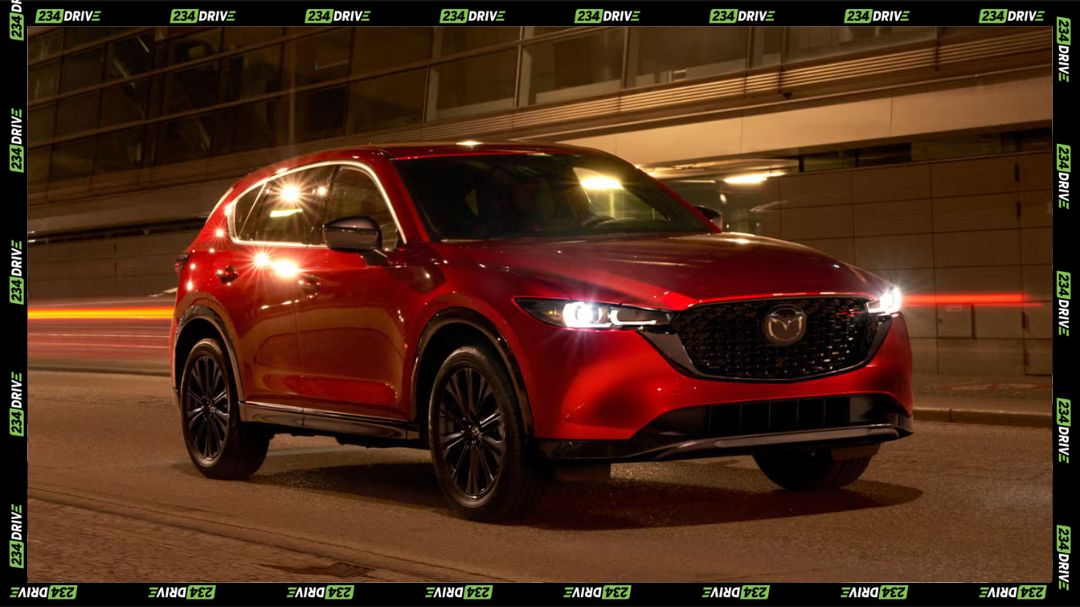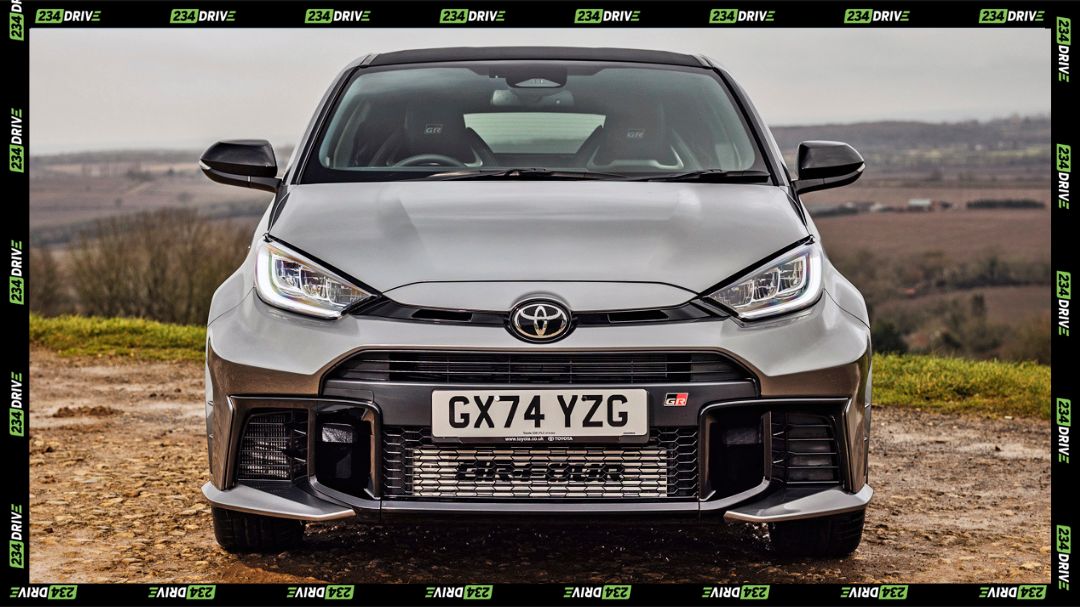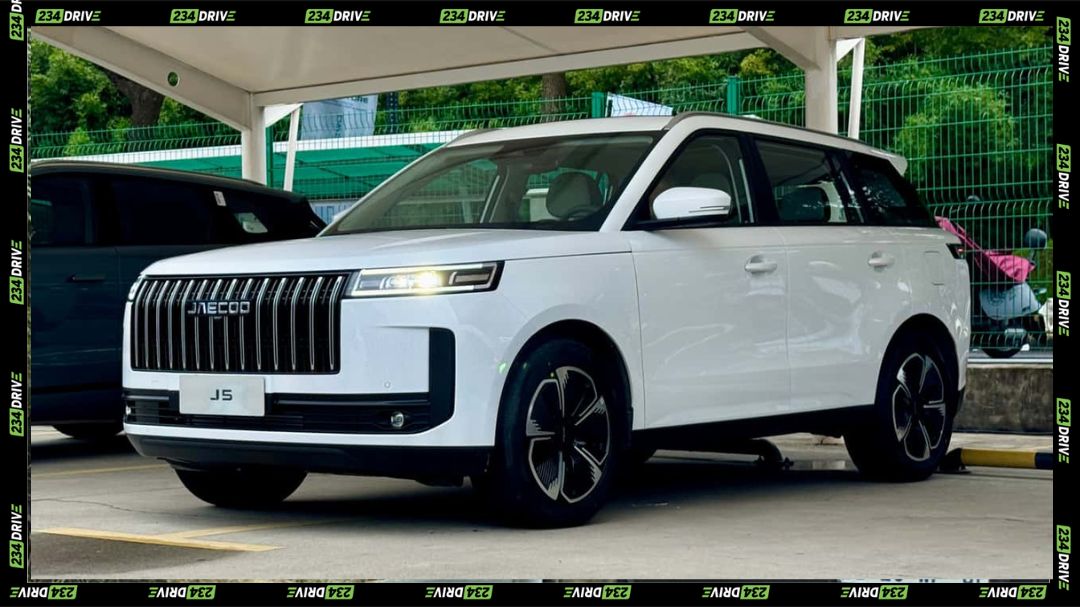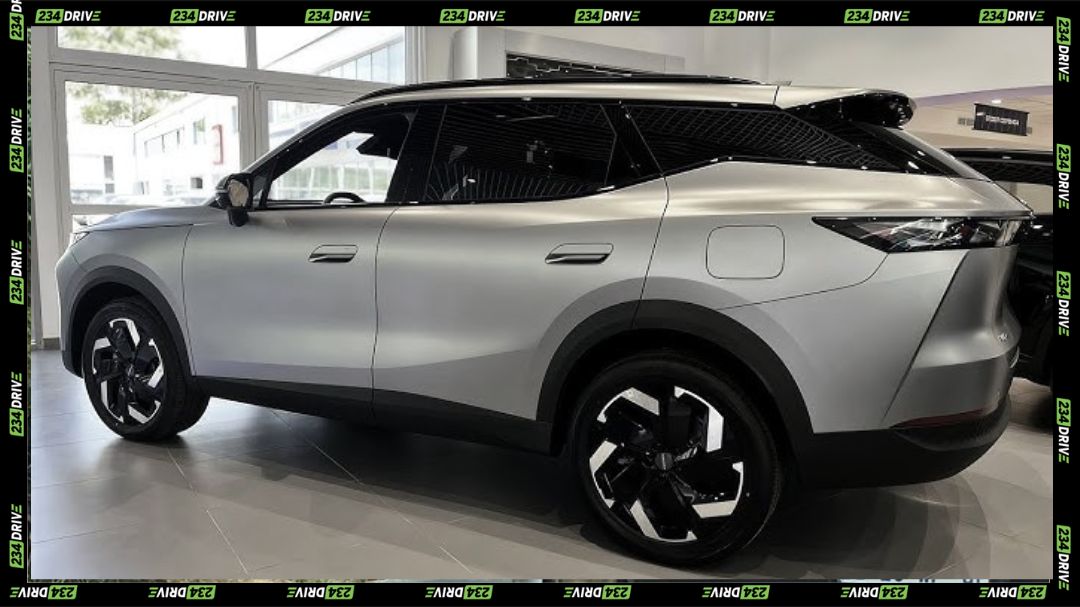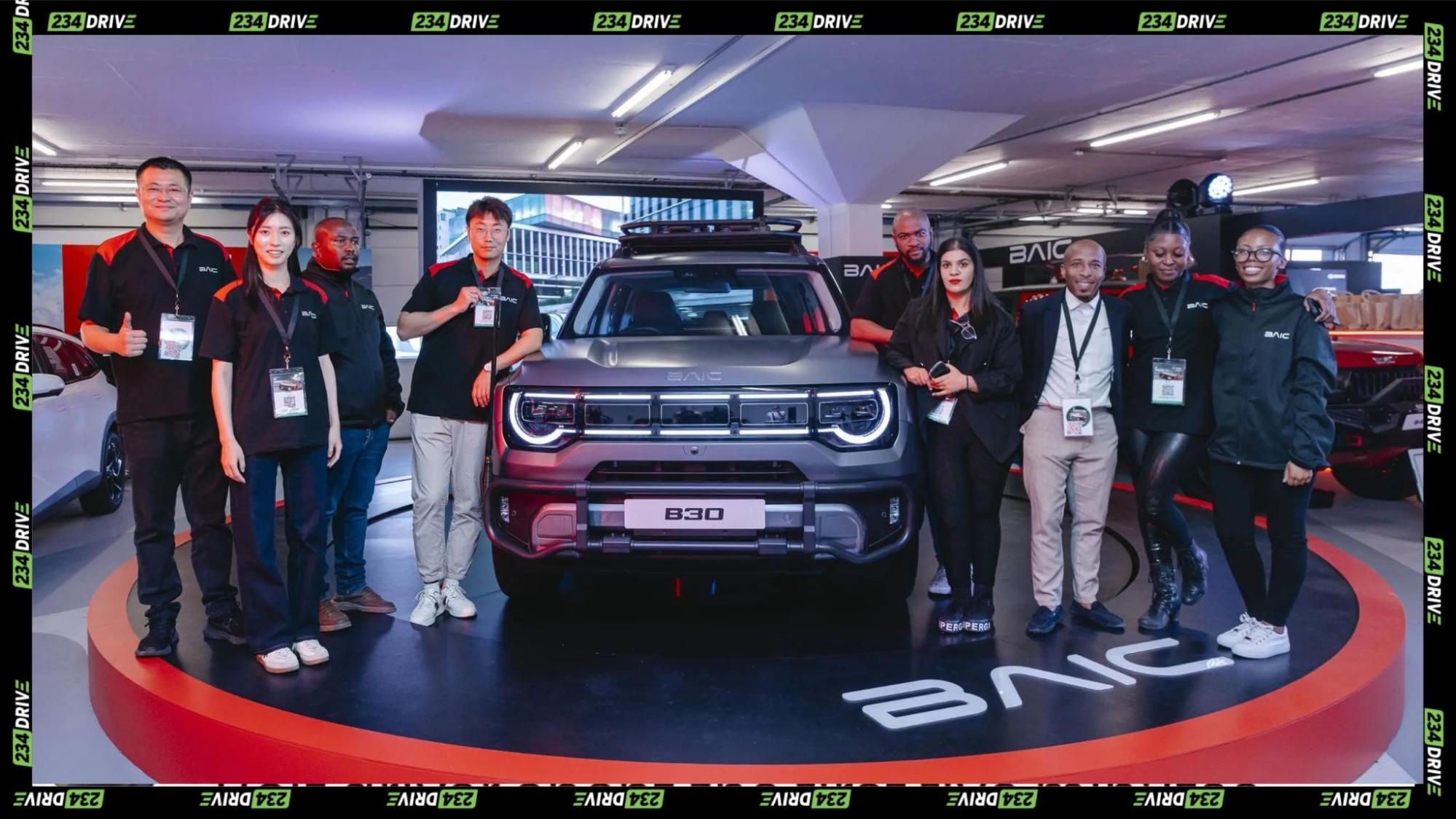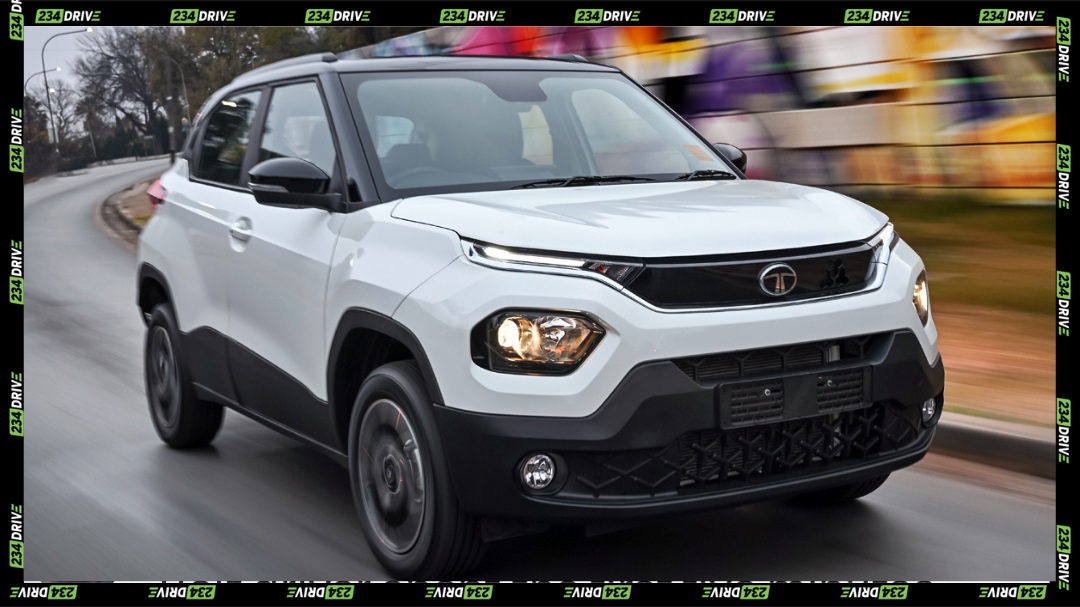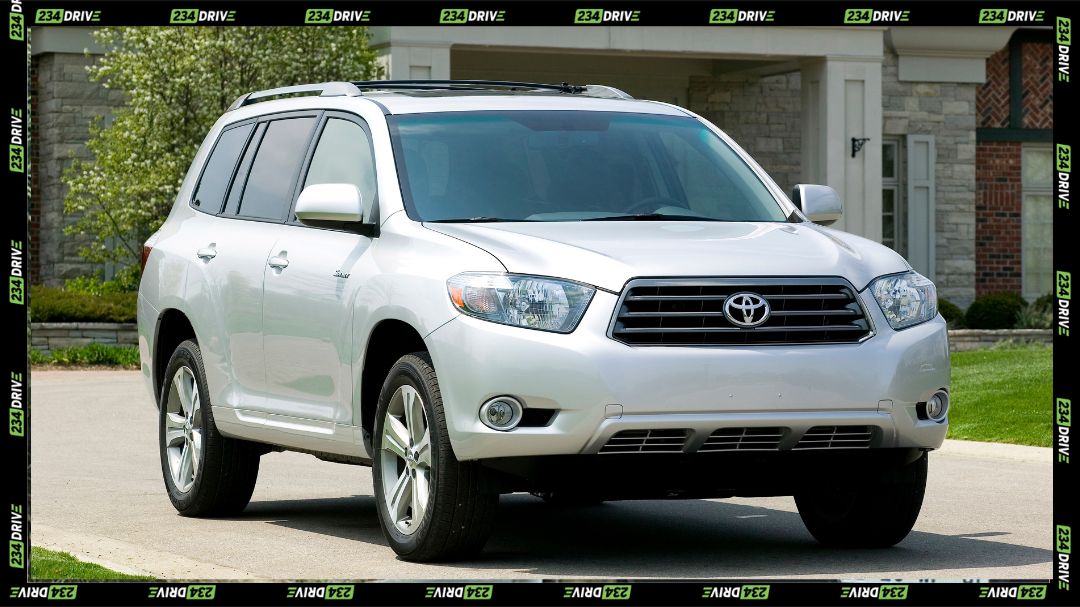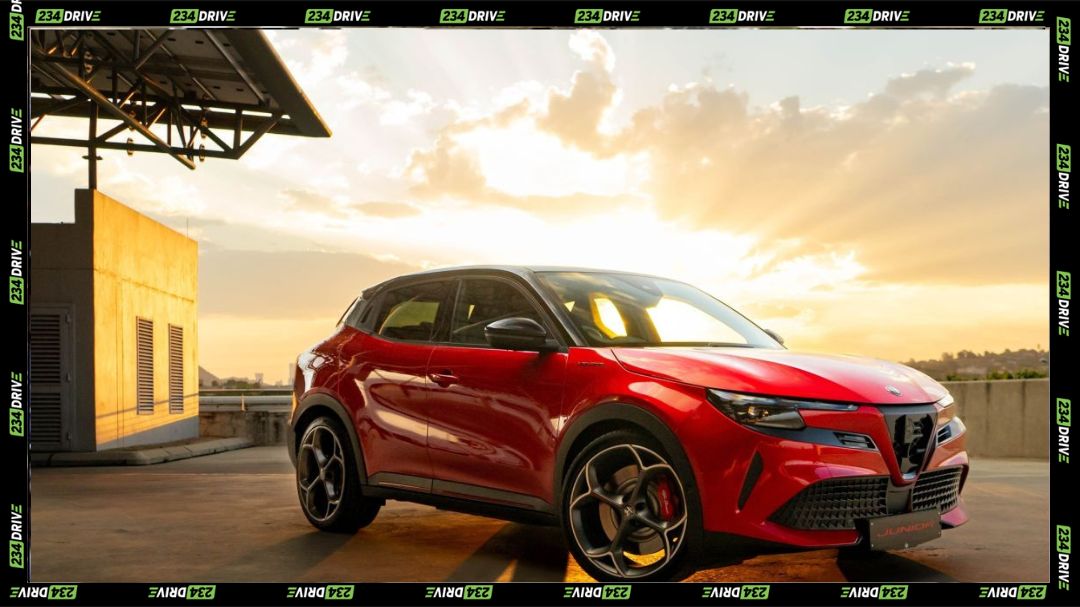The Jeep Wrangler. It’s an iconic SUV known for its ruggedness, off-road capability, and distinctive design. But with a price tag that can climb as high as ₦65 million, does the 2021 Jeep Wrangler really make sense for Nigerian roads? Is it just a status symbol, or is it a genuinely practical choice for navigating the unique challenges of driving in Nigeria?
We recently took a deep dive into the 2021 Wrangler, and their review raises some interesting points. We’re going to explore their findings and see if this Jeep lives up to the hype. Does its off-road pedigree translate to on-road prowess in a place where potholes are as common as traffic jams?
Exterior Analysis: Ruggedness and Design
The first thing you notice about the Wrangler is its unapologetically rugged design. It’s not trying to be sleek or subtle. It’s a statement.
Bonnet Opening Mechanism
Forget about hidden levers and complicated releases. The Wrangler’s bonnet opening system is a refreshingly simple, mechanical affair. There’s no hook or button. Just release the latches on the hood, and you are good to go.
This exposed design is a theme that runs throughout the entire vehicle. Everything feels purposeful and easily accessible. It’s a far cry from the overly-stylized SUVs that prioritize form over function.
Clamps and Hinges: Exposing the Mechanics
One of the most striking aspects of the Wrangler’s design is the sheer number of visible clamps and hinges. You can see them everywhere! Literally, you can count them and there’s a lot. All the hinges are on the outside.
Here’s a breakdown:
- Hood: 4 clamps
- Windshield: 2 clamps
- Doors: 4 clamps (2 per door)
- Back: 6 clamps
This isn’t a design flaw. It’s a design choice. The exposed hardware emphasizes the car’s mechanical nature and hints at its potential for modification. It tells you that this isn’t just an SUV. It’s a machine.
This also means you can take out the doors and roof of the car.
Engine and Performance: V6 vs. Turbocharged Options
Under the hood, the 2021 Wrangler offers a choice of engines. But the reviewers focused on the 3.6L V6. It is a reliable workhorse that provides adequate power and torque for both on- and off-road driving.
V6 Engine Explained
So, what does “V6” actually mean? Simply put, it refers to an engine with six cylinders arranged in a “V” shape. Three cylinders on each side. This configuration offers a good balance of power, smoothness, and fuel efficiency.
In contrast, a V8 engine has eight cylinders (four on each side), delivering more power but typically consuming more fuel. A V12 engine takes it even further, with twelve cylinders (six on each side), offering incredible smoothness and power, but at the cost of increased complexity and fuel consumption. The W16 engine found in cars like the Bugatti Veyron, has sixteen cylinders, and four rows of four cylinders.
There’s a growing trend towards smaller, turbocharged engines. But is it always the best choice?
Turbocharging: Benefits and Concerns
Turbocharging is a technology that uses a turbine to force more air into the engine, allowing it to produce more power than it normally would. This means a smaller, turbocharged engine can deliver similar performance to a larger, naturally aspirated engine.
The main benefit of turbocharging is improved fuel efficiency. Smaller engines consume less fuel. However, there are concerns about the long-term reliability and maintenance of turbocharged engines.
The reviewers express some skepticism towards American-made turbocharged engines. They trust brands like Mercedes-Benz, which have been using turbochargers for years.
Turbocharger Maintenance
It’s also important to let the turbo cool down after a long drive. This prevents oil from coming inside the turbocharger, which can lead to premature failure.
Engine Choice Recommendation
Ultimately, the reviewers lean towards the V6 engine. It wins because it’s more reliable. Turbocharging, while offering improved fuel efficiency, introduces potential maintenance headaches down the road.
Off-Road Capability and Suitability for Nigerian Roads
Here’s where the Wrangler starts to shine. It’s not just a cool-looking SUV. It’s a capable off-road machine that’s arguably perfect for the challenges of Nigerian roads.
The “Perfect Car for Nigeria” Argument
The argument is simple: Nigerian roads are often in poor condition. Potholes, uneven surfaces, and poorly maintained roads are the norm. The Wrangler’s off-road capabilities make it well-suited for navigating these obstacles.
It’s built to handle rough terrain. It will take potholes and bumps that would leave other SUVs stranded.
Wheel and Tire Analysis
The Wrangler comes with R18 wheels and tires with a thick profile (840mm). This is significantly thicker than the tires found on many other SUVs. For example, a BJ 350 typically has tires around 335mm thick, while some cars with 22-inch wheels have tires as thin as 205mm.
That extra thickness makes a huge difference. It gives the Wrangler superior ability to withstand road hazards. You can hit potholes and drive over rough terrain without worrying about damaging your tires or rims.
The 33-inch tire size is significant because it provides additional ground clearance. This allows the Wrangler to clear obstacles that would stop other vehicles.
Pricing and Competition: A Cost-Benefit Analysis
Let’s address the elephant in the room: the price. With a range of ₦60-90 million, the Wrangler is not exactly cheap.
Price Range and Comparisons
So, what else can you get for that kind of money? Here are some competing vehicles in the same price bracket:
- Lexus RX 350
- Toyota Highlander (latest model)
- BJ 350
The big question: Is the Wrangler a better choice than these other SUVs?
Value Proposition
The Wrangler offers something that these other vehicles don’t: a unique combination of off-road capability, rugged design, and customization options. Whether that justifies the price premium is a matter of personal preference. Let’s see how the Wrangler stacks up!
Exterior Features: Details and Functionality
The Wrangler’s exterior is packed with details that contribute to its overall appeal and functionality.
Clamp Aesthetics
It might sound strange, but the visible clamps actually add to the car’s beauty. They reinforce the sense that this is a machine built for a purpose.
Front Bumper Functionality
The hooks on the front bumper aren’t just for show. They’re designed for towing or pulling other vehicles. This is a practical feature that could come in handy in a variety of situations.
Boot Size and Versatility
The boot size is surprisingly compact. But the removable roof opens up a world of possibilities. With the roof off, you have plenty of room for cargo.
Imagine using the boot for party coolers and outdoor activities! The removable roof transforms the Wrangler into an open-air party machine.
Exhaust System
The exhaust system has a sporty feel that complements the Wrangler’s ruggedness. While not as overtly aggressive as some performance SUVs, it adds a touch of excitement to the overall design.
Fuel Consumption and Practicality
Let’s talk about fuel consumption. It’s an important consideration, especially with today’s high fuel prices.
Fuel Consumption Figures
The Wrangler averages around 22 miles per gallon (12 liters per 100km). That’s not great, but it’s not terrible either. For comparison, a Toyota Corolla typically consumes around 8.5 liters per 100km.
Fuel Tank Cost and Range
A full tank of fuel will set you back around ₦80,000. With a full tank, you can expect to drive to a neighboring state and back one and a half times.
Weight and Engineering
The higher fuel consumption is due to the car’s weight and complex 4×4 system. All those extra components add weight and require more energy to move. It’s like going to the gym and needing more calories to bulk up.
Design Philosophy: “Everything is Written on It”
The Wrangler’s design philosophy is simple: transparency. Everything is visible, and all components are exposed.
Exposed Design
The Wrangler’s design is transparent. Everything is visible, and all components are exposed. You can see the mechanicals. You can see how everything works.
This transparency reinforces the car’s rugged and functional aesthetic. It’s honest about what it is and what it’s capable of.
Jeep Heritage
The Wrangler is an icon. It’s the original “Jeep.” The reason why people call other SUVs, Jeeps. It’s so iconic that most people remember drawing a Jeep as a child as a simple box on wheels.
Interior Analysis: Stepping Inside the Wrangler
Let’s climb inside and see what the Wrangler’s interior has to offer.
Accessibility
You have to climb up into the car, and if you’re tall, you don’t have to.
First Impressions
The first thing you’ll notice is that new car smell. It’s always a pleasant experience. There is also a lot of headroom.
Sound Insulation
The sound insulation is surprisingly good. You can barely hear any road noise from inside the cabin.
Seat Adjustment Mechanism
The rope mechanism for adjusting the seat is a quirky but charming detail. It’s a mechanical solution that fits perfectly with the car’s overall theme. It’s a manual way to adjust your seat.
Wind Down Mechanism
There is no wind down mechanism. This just means that there’s no way to manually wind the windows up or down.
Infotainment System and Technology
The Wrangler comes equipped with a backup camera, mirror, and driver control options. It also has a Wi-Fi hotspot, allowing you to connect to the internet on the go.
The technology is well-integrated, and it doesn’t detract from the car’s rugged character.
Charging Ports and Connectivity
You’ll find a variety of charging ports, including USB-C, USB-A, and a standard socket. The car is inclusive in terms of connectivity options.
Door Hinges
You can see the hinges that take out the door of the car.
Gear Stick
The 8-speed gear stick has a unique appearance that resembles a boat.
Auxiliary Gear
The auxiliary gear is designed for off-road situations. It can help you get out of sticky situations when you’re stuck in the mud. It can be used for driving in Lagos!
Gauge Cluster
The gauge cluster strikes a good balance between digital and mechanical elements. It provides all the essential information in a clear and easy-to-read format while still retaining a classic, analog feel.
Tire Pressure Monitoring System
The tire pressure monitoring system displays the pressure in all four tires. This is a valuable feature that can help you maintain optimal tire pressure and improve fuel efficiency.
Full Tank Indication
The fuel gauge clearly indicates when the tank is full.
Door Locking and Mirror Controls
The door locking and mirror control mechanisms are simple and straightforward.
Driving Experience: On-Road Impressions
How does the Wrangler perform on the road? Let’s find out.
Roof Removal and Open-Air Experience
Removing the roof transforms the Wrangler into a party car. It creates a unique open-air driving experience.
Seating Position Comparison (Wrangler vs. G-Wagon)
The driving position is different from that of a G-Wagon. The G-Wagon elevates the driver more.
Ride Quality and Suspension
The ride quality is a bit shaky. This is due to the long struts and off-road suspension. You’ll feel every bump in the road.
The suspension is soft, but it transmits road imperfections to the body.
Reverse Camera
The reviewers debate the ease of using the reverse camera versus the mirrors.
Steering Feel
The steering is soft and easy to turn.
Wrangler’s Honesty
The Wrangler is a very honest car. Everything is transparent and clearly communicated to the driver. You know exactly what you’re getting.
Design Appreciation: Boxiness and Dream Cars
The reviewers express their appreciation for boxy car designs.
Appreciation for Boxy Designs
There’s something appealing about a boxy car design. It’s a classic and timeless aesthetic.
Dream Car Discussions
The conversation veers into the realm of dream cars. There’s a hint at future content featuring other exciting vehicles.
Overall Verdict: Coolness and Practicality
Coolness and Practicality
The Wrangler blends coolness and practicality. It’s not just a showpiece. It’s a capable and versatile machine that can handle a variety of tasks.
Suitability for the Climate
It’s well-suited for the Nigerian climate and road conditions.
Versatility and Functionality
The car is versatile and functional. It can be used for off-roading, safaris, and even music videos.
Comparison to Other SUVs
The Wrangler is as cool as any other SUV.
Roof and Open-Air Experience (Revisited)
Let’s not forget about the removable roof! It’s a game-changer that transforms the driving experience.
Final Rating
The 2021 Jeep Wrangler gets a rating of 9 out of 10.
The rating is due to its practicality and action-oriented nature rather than pure performance numbers. Actions speak louder than words, and the Wrangler is a car that’s all about action.
Conclusion
Is the 2021 Jeep Wrangler the perfect SUV for Nigerian roads? It’s a tough question, but one thing’s for sure: it’s a strong contender. It provides that balance between ruggedness, off-road capability, and unique styling.
While the price tag is a major hurdle for many, the Wrangler offers a compelling value proposition for those who prioritize practicality and adventure. It’s a car that’s built to handle the challenges of Nigerian roads while turning heads wherever it goes.
What do you think? Is the Wrangler worth the investment? Share your thoughts and experiences in the comments below!



